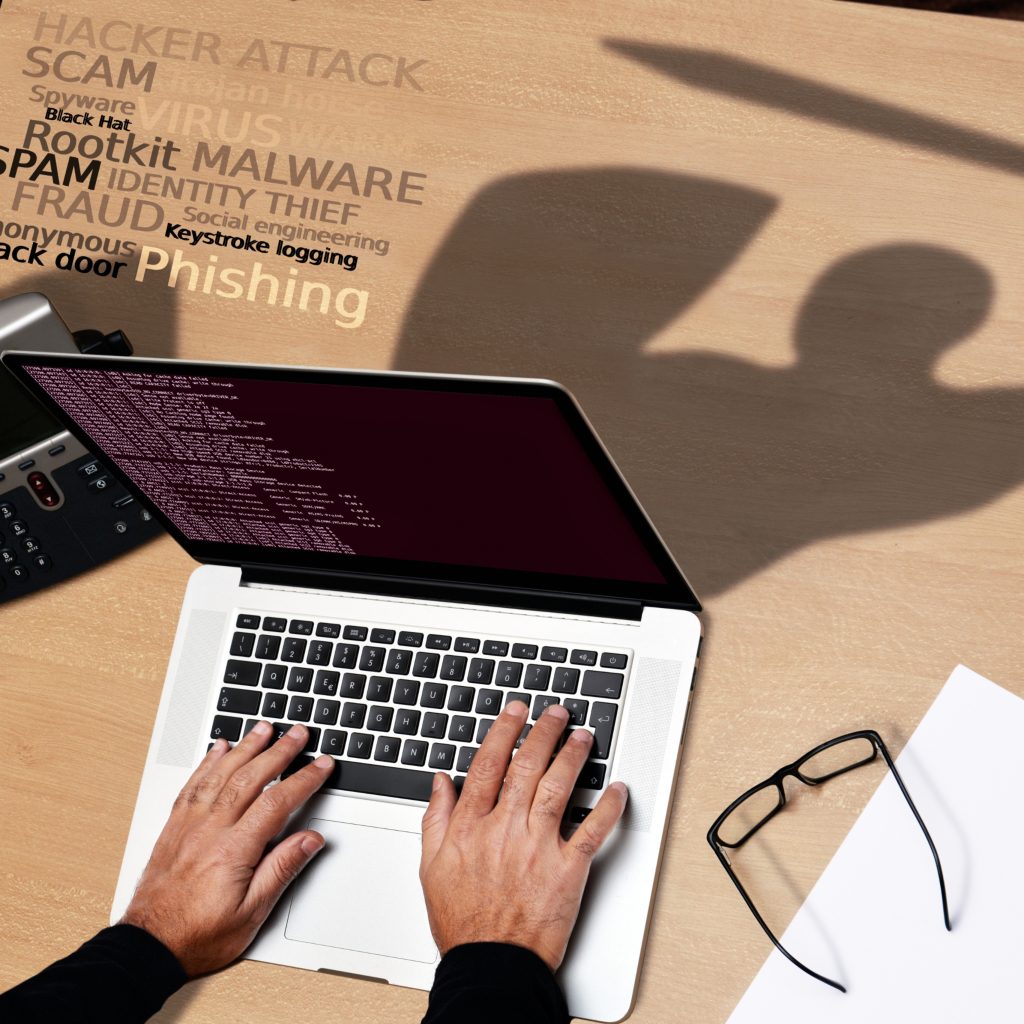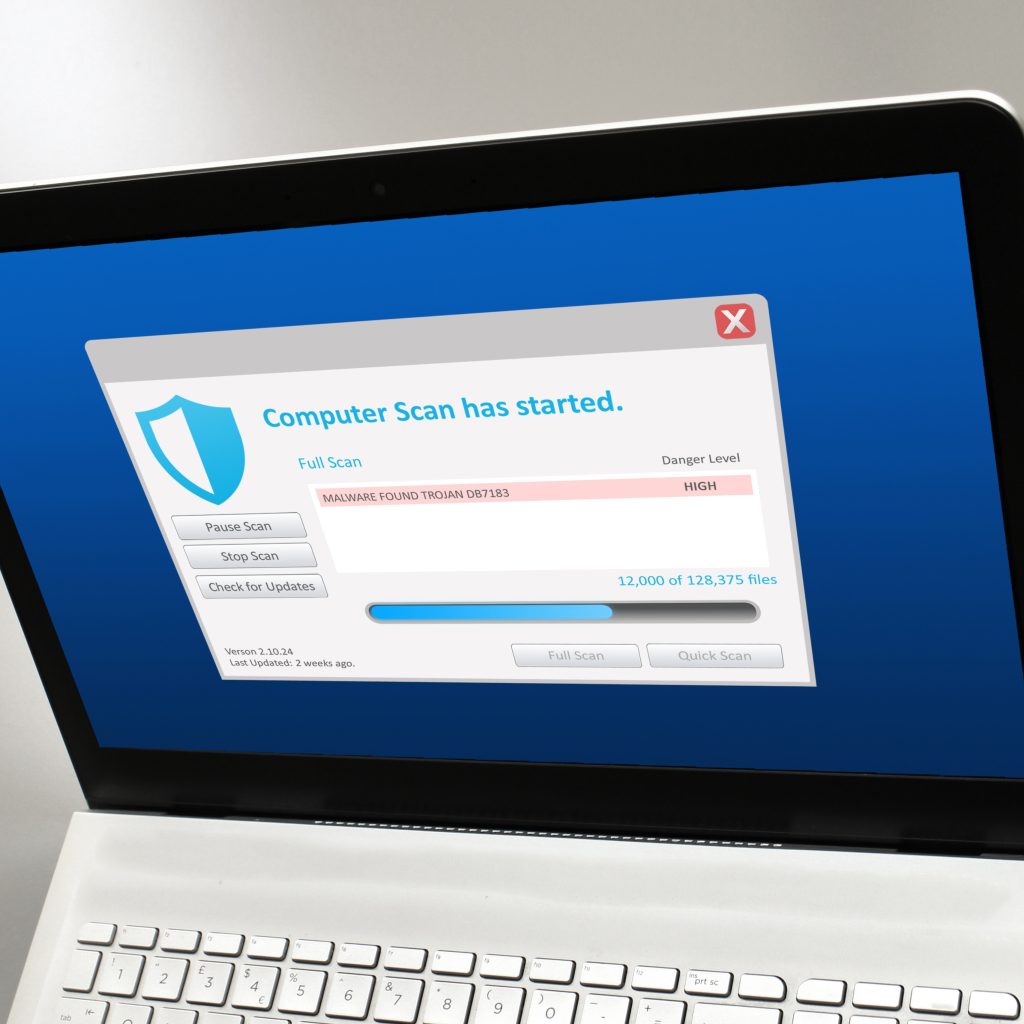In today’s digital age, keeping your personal information and devices safe from cyber threats is more important than ever. But with so many antivirus options available, how do you know which one is right for you? It’s crucial to choose the right cybersecurity solution that is user-friendly and effective in protecting your data.
Cybersecurity has become a major concern as hackers and cybercriminals continue to find new ways to exploit vulnerabilities. Choosing the right antivirus software is essential for safeguarding your digital life. However, the vast array of options can be overwhelming and confusing for users.
When it comes to cybersecurity solutions, it’s not just about finding the most advanced or popular antivirus software. It’s about finding the one that suits your needs and is easy to use. This user-friendly guide will help you navigate through the maze of options and make an informed decision to protect yourself and your digital assets. So, let’s dive in and explore the key factors to consider when choosing the right antivirus for your cybersecurity needs.
Types of Antivirus Solutions
Antivirus software is an essential tool for protecting your computer and data from various online threats. There are different types of antivirus solutions available in the market, each designed to cater to specific needs and preferences. Understanding the different types of antivirus solutions can help you make an informed decision when it comes to choosing the right protection for your devices.

Real-Time Protection
Real-time protection is a crucial component of antivirus software, as it constantly monitors a system for potential threats and immediately takes action to prevent them from causing harm. It works by scanning files and incoming data in real time, instantly identifying and halting any malicious activity before it can infect the computer.
Antivirus programs with real-time protection should have proactive monitoring capabilities, meaning they are constantly analyzing the system for any unusual behavior or suspicious patterns. Immediate threat detection is another important feature, as the software needs to swiftly identify and block any potential threats as they arise.
Having real-time protection is important because it provides a layer of defense that actively works to keep a computer safe from viruses, malware, and other malicious threats. Without this real-time monitoring and immediate response, a system can be vulnerable to attacks that may go undetected for hours or even days, potentially causing significant damage to the system and compromising sensitive data.
Comprehensive Protection
Comprehensive protection in antivirus software is crucial in safeguarding against a wide range of cyber threats. This includes various features and levels of protection such as real-time scanning, firewall protection, email filtering, web protection, and anti-phishing measures. A multi-layered approach to cybersecurity is essential to provide full protection against application exploits, which can be used to gain unauthorized access to systems or steal sensitive information. Comprehensive protection also involves defending against malware, ransomware, spyware, and other types of malicious software.
It is important to choose antivirus software that offers comprehensive protection against a wide range of threats, as cyber threats are constantly evolving. This means that the software should have regular updates, advanced threat detection capabilities, and the ability to adapt to new attack methods. By implementing comprehensive protection in antivirus software, businesses and individuals can mitigate the risks of cyber attacks and protect their sensitive data and privacy.
Potentially Threatening Files Detection
Antivirus software can detect potentially threatening files using various methods. Behavior-based detection monitors the behavior of files and programs to identify suspicious activities. Signature analysis compares files to a database of known malware signatures. Heuristic-based scanning looks for patterns and behaviors that may indicate a potential threat. Machine learning algorithms can identify new and evolving threats based on past experiences. In-memory scanning checks files and programs currently running in the computer’s memory for any malicious activity. Sandboxing isolates potentially threatening files in a secure environment to analyze their behavior without affecting the system.
In addition to these methods, it is important to check for advanced security measures and encryption capabilities in antivirus software. Advanced security measures can provide additional layers of protection against cyber threats, while encryption capabilities can safeguard sensitive documents from unauthorized access.
When choosing antivirus software, look for these keywords: behavior-based detection, signature analysis, heuristic-based scanning, machine learning, encryption capabilities. By utilizing these methods and features, users can better protect their systems and sensitive information from potential cyber threats.
Operating System Compatibility
Selecting antivirus software compatible with your operating system is crucial for ensuring the protection of your device. Incompatible software can lead to system instability, performance issues, and potential security vulnerabilities. It is important to ensure compatibility and integration with other cybersecurity solutions to create a comprehensive defense strategy. Additionally, the software should be able to integrate seamlessly with mobile devices for effective mobile device management.
Key operating systems and applications that your antivirus software should be compatible with include Windows, macOS, iOS, and Android. Features such as real-time scanning, automatic updates, and firewall protection ensure compatibility with different devices. It is essential to consider the specific requirements of your operating system and other applications when choosing antivirus software to ensure a harmonious and effective cybersecurity setup. By selecting compatible antivirus software, you can safeguard your device and data against evolving security threats.
User-Friendly Interface
A user-friendly interface is essential for effectively managing and customizing antivirus software. It provides straightforward access to essential features and configuration options, making it easier for users to ensure their system’s security. An interface that is easy to navigate allows users to efficiently perform tasks such as running scans, updating definitions, and configuring settings.
It’s important to pay attention to user reviews and ratings to gauge the real-world performance and user satisfaction of the software. This helps to ensure that the user-friendly interface translates into a positive user experience and effective protection against malware and other threats.
When choosing antivirus software, look for a product with a user-friendly interface that allows for easy management and customization. Check user reviews and ratings to see how others have experienced the real-world performance of the antivirus software. By considering these factors, you can ensure that you are selecting antivirus software that not only has an easy-to-navigate interface but also delivers on its promises of protection and performance.
False Positive Detection & Prevention
False positive detection and prevention are critical in maintaining the security and performance of an endpoint protection platform. To address false positives, start by researching the incidence of false positives on different endpoint protection platforms. Choose a product with a low incidence of false positives to minimize the impact on system performance and IT resources. Regularly auditing network traffic is also essential to detect all potential threats accurately.
False positives can cause significant disruptions to system performance and waste valuable IT resources by diverting attention to non-existent threats. By selecting a product with a low incidence of false positives and conducting regular audits of network traffic, organizations can minimize the risk of false positive detection. This proactive approach ensures that legitimate threats are accurately identified and mitigated, while also reducing the strain on system resources and IT personnel. By actively addressing false positive detection and prevention, organizations can effectively maintain the security and performance of their endpoint protection platform.
Factors to Consider When Choosing an Antivirus Solution
When looking for an antivirus solution, there are several important factors to consider in order to ensure that you choose the best option for your needs. Factors such as the level of protection, system compatibility, user-friendliness, additional features, and cost should all be carefully evaluated before making a decision. Understanding these factors and how they relate to your specific requirements will help you find an antivirus solution that provides the best possible protection for your devices without unnecessary or excessive features.

Cyber Threats in The Online Environment
Common cyber threats in the online environment include viruses, which can corrupt files and steal sensitive information; worms, which can spread rapidly and disrupt networks; Trojans, which can create backdoors for hackers to access systems; ransomware, which can encrypt files and demand payment for decryption; and phishing attacks, which can trick individuals into disclosing personal information.
These threats can impact online security by compromising the confidentiality, integrity, and availability of data and systems. Viruses and worms can spread undetected, causing widespread damage and disrupting operations. Trojans can give attackers unauthorized access to sensitive information, while ransomware can paralyze essential services and demand financial ransom. Phishing attacks can lead to identity theft and financial fraud, posing serious risks to individuals and organizations.
The potential consequences of these cyber threats include financial losses, reputational damage, legal liabilities, and operational disruptions. Therefore, it is crucial for individuals and organizations to implement robust cybersecurity measures to protect against these threats and minimize their impact.
Malicious Software and Files Detection and Removal Capabilities
Standalone antivirus software offers various capabilities for detecting and removing malicious software and files. Real-time scanning continuously monitors the system for any threats, while behavior-based detection identifies suspicious activities based on abnormal behaviors. Signature analysis compares files to known malware patterns, while heuristic-based scanning identifies potential threats based on their characteristics. Machine learning enables the software to improve its detection capabilities over time, and in-memory scanning detects and removes threats that reside in the system’s memory. Additionally, sandboxing creates a virtual environment to test potentially malicious files without affecting the actual system.
Furthermore, advanced features like malicious URL filtering provide an additional layer of protection by blocking access to known malicious websites, while firewalls monitor and control incoming and outgoing network traffic to prevent unauthorized access and defend against potential threats outside the system.
These advanced features are crucial in enhancing the overall security of standalone antivirus software by providing multiple layers of protection against a wide range of threats, from traditional malware to emerging online security risks.
Ransomware Protection
Some of the top antivirus programs with ransomware protection and firewalls include Norton 360, Bitdefender Total Security, and Kaspersky Total Security. These programs offer features such as secure browsers, which provide a safe online browsing experience, secure deletion of sensitive files to ensure that no data is recoverable, and vulnerability scanning to identify potential weaknesses in your system.
Norton 360 also includes a password manager and automatic backup of important files, while Bitdefender Total Security offers a VPN for secure internet connections and a parental control feature. Kaspersky Total Security provides a password manager and webcam protection to prevent unauthorized access to your camera.
When comparing these programs, it’s essential to consider the bonus features they offer. Norton 360’s automatic backup and password manager may be beneficial for businesses with sensitive data, while Bitdefender Total Security’s VPN and parental control feature can be valuable for remote work environments. On the other hand, Kaspersky Total Security’s webcam protection and password manager may appeal to businesses with privacy concerns.
Ultimately, the best option for your business will depend on the specific needs and priorities of your organization.
Identity Theft Protection
Identity theft protection is crucial for both individuals and businesses in today’s digital age. Cybercriminals are constantly finding new ways to steal personal and financial information, making it essential to safeguard against identity theft.
Identity theft can have detrimental consequences, including financial loss, damaged credit, and emotional distress. For businesses, it can result in legal liabilities, damage to reputation, and loss of customer trust. To prevent these risks, individuals and businesses should utilize tools such as identity monitoring services, secure password management, and multi-factor authentication.
Additionally, staying informed about common identity theft tactics, such as phishing scams and data breaches, can help in preventing potential attacks. It’s also important to regularly review financial statements and credit reports for any suspicious activity.
Being proactive about identity theft protection is key to mitigating the impact of potential incidents. By employing these strategies and tools, individuals and businesses can minimize the likelihood of falling victim to cybercriminals and better safeguard their digital identities.

Conclusion
In conclusion, choosing the right antivirus solution for your needs can be challenging. There are many different options available, and it’s important to make sure that you consider all of the features available when making a decision. We hope this user-friendly guide has provided you with some useful information and tips so that you can choose the best antivirus solution for your particular needs. Remember, an effective antivirus solution will provide you with the best protection against viruses, malware, and other cyber threats. Taking the time to consider your options and invest in a reliable solution can help protect your digital life.
